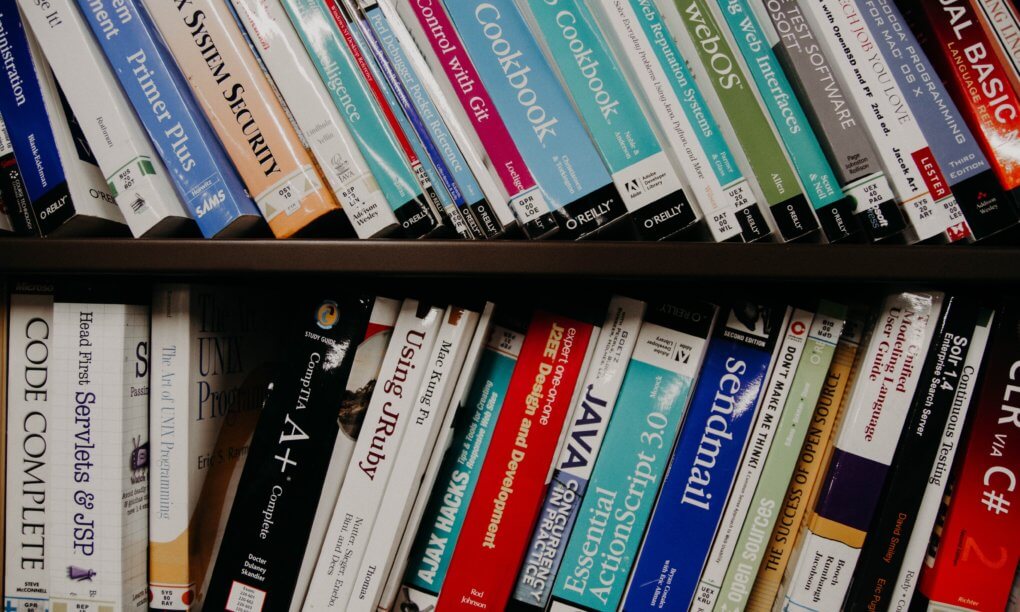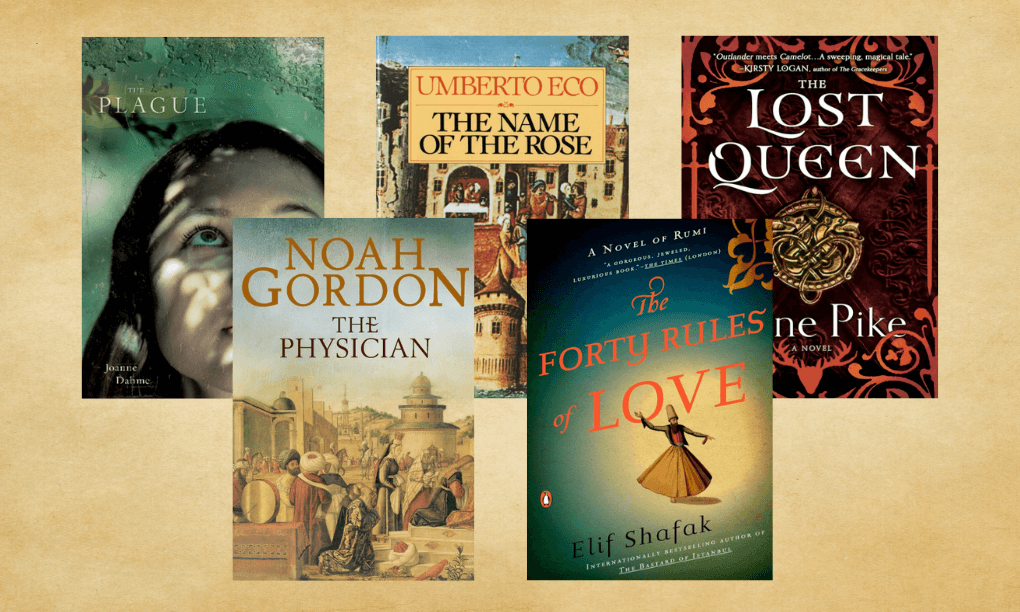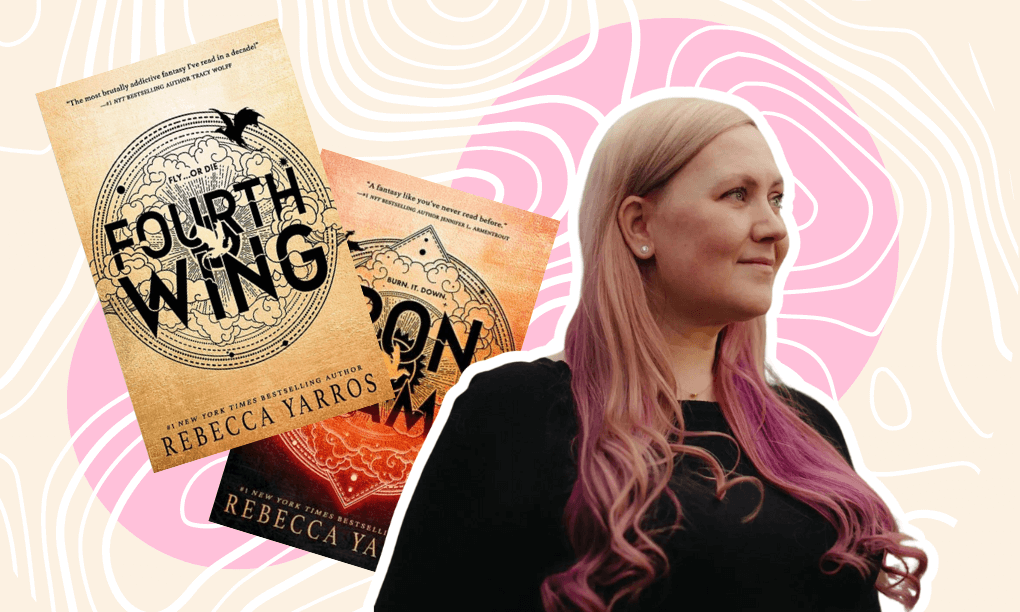Do you pay attention to the type of textbook binding when choosing a book or a blank notebook? Books come in different formats and binding styles, but does it even matter? Surprisingly, it does! Different types of bookbinding weren’t created just for fun.
Bookbinding affects the price of your textbook (you will learn what type of binding to get to save money) as well as the book’s durability and functionality. If it is a hard toil just to place the textbook on the table, you might not study it with the same enthusiasm as a volume that lays nicely on your desk. In the end, the type of binding influences the quality of your studies and impacts your budget! Learn the difference between paperback and hardcover, how to choose the perfect binding for your textbooks and make a binding for a notebook yourself!
Textbook Binding vs Paperback—the Origins
When we think of a book, we most certainly imagine “a set of sheets bound together between a front and back cover” (according to Merriam-Webster). However, texts did not always appear in this form. Historically, there were other forms of knowledge transmission, and some of these are still in use! Papyrus scrolls, birch bark manuscripts, graffiti, parchment manuscripts made out of animal skin, and clay tablets—a written text can come in as many forms! But there is a reason why most cultures use paper-printed books: they are faster to make than parchment manuscripts, cheaper to distribute than clay tablets, and easier to read than papyrus scrolls.
Manuscripts (handwritten on parchment and later on paper) are the closest prototypes of modern books, especially when it comes to binding! The medieval manuscript was made out of quires sewn together under a hardcover. The cover was usually made of wooden boards upholstered with leather. It was then embellished with a lock and metal pieces (called bosses) to protect the leather from wearing down. Sometimes, manuscripts were chained to bookshelves so that the precious books won’t be stolen—no barcodes in medieval libraries! Exquisite books were decorated with precious stones, jewels, silver, enamels, embroidery, and ivory figures, which made them into real works of art! If you want to admire some deluxe treasure bindings, browse through this collection of the British Library.
Alert for history geeks! The Arnamagnæan Institute in Copenhagen has set an Advent Calendar showing the inner parts of manuscripts. There are more secrets to discover!
Types of Bookbinding
Hardcover Binding
Hardcover perfect binding is inherited directly from those century-old manuscripts. Quires of paper are sewn together in a text block and glued to the endpaper, which is then bound under a hardcover. It is considered the best type you can find on the market as it is durable and convenient to use.
Why? The best thing is that a hardcover edition can lay flat on the table, and the bind won’t get damaged. The hardcover also protects the paper from any kind of damage and wear caused by moist and unwanted page-folding. The less your textbook gets damaged, the better chances you have for an attractive buyback.
Commonly, with hardcover editions, you enjoy a much better paper quality—it is so satisfying to leaf through a solid book! On the other hand, the hardcover book can weigh a few kilos, so they are not ideal when your college backpack is already heavy. Moreover, this type of binding is expensive to make, which pushes prices for textbooks even higher and makes it lose the hardcover vs paperback battle.
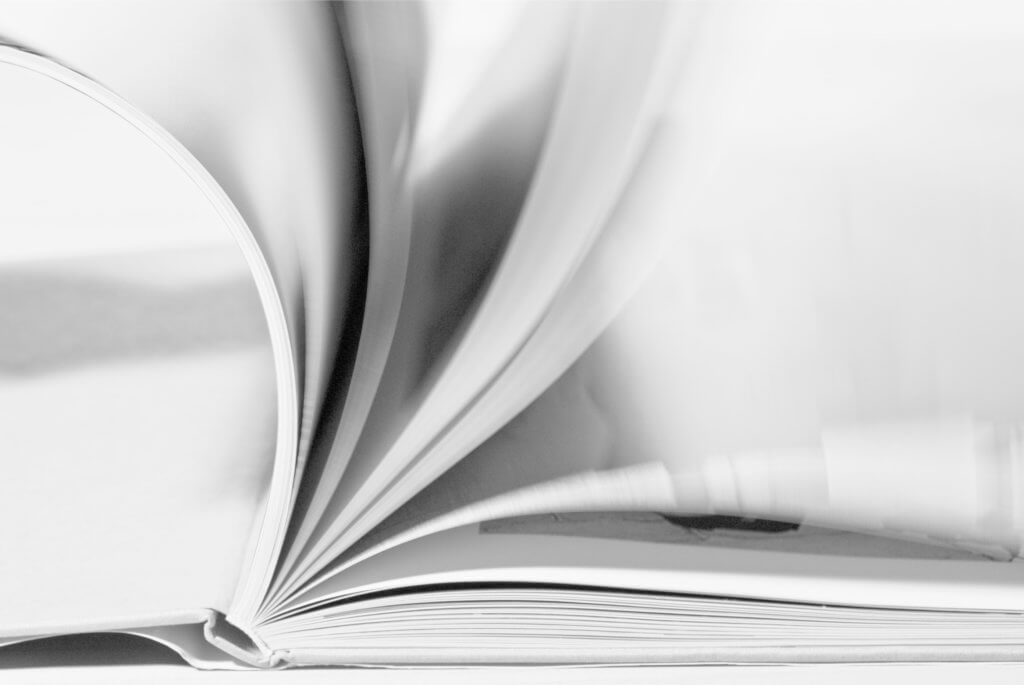
PROS:
- Hardcover books are more durable.
- The book can lay flat on the table.
- They look attractive.
- You’ll get a better buyback.
CONS:
- Hardcover textbooks are expensive.
- They are also extremely heavy.
Paperback Binding (or Softcover)
This type of binding breaks with the old school method of sewing paper together—now a thermally activated glue is used! Softcover binding (also known as perfect binding for its glossy looks) is made of shiny laminated cardstock paper, under which pages are tightly glued together. Many textbooks come in softcover binding because it’s cheaper to produce, and some books are not meant to last long. Why would you make a textbook that can serve college students for a decade if you can produce an easily-wearable edition every year? That’s the logic of many publishers, and some students tend not to agree with it.
Nevertheless, paperback editions have many advantages. They cost less (sometimes two times less than hardcover editions of the same book) because of the lower production and transportation costs. Its lighter weight and flexibility are also attractive: a paperback is more convenient to carry around and it’s easy to put it in any bag. Thus, then faced with the choice between paperback book vs hardcover, the former are often preferred by students.
But you can forget about situating a softcover book flat on the table—mission impossible. In order to lay it flat, you’d need to break the glue of the binding, which ruins the book completely. Hello to ripped and falling-out pages! Even if you don’t break the glue binding, softcover books are not that durable on average. If you want to sell your softcover textbook back, you should be extremely attentive to its condition.

PROS:
- Paperback editions are cheaper than hardcover ones.
- They weigh less.
CONS:
- Softcover wears out quickly.
- You might not get the best buyback for a paperback edition because of possible damages.
Comb and Spiral Binding
Textbooks (or books in general) rarely come with spiral or wire binding. If you obtain a loose-leaf book, you can arrange it into your own binder or get it professionally bound with a comb or spirals to make it last longer. The critical advantage of a la carte editions is that you can organize and rearrange materials in your binder as many times as you want. These editions are way cheaper than anything else on the market for new textbooks (though buying a used paperback edition can be as affordable). It is possible to sell a loose leaf back but beware of the acceptance criteria.
Saddle Stitch Binding
Although commonly you don’t see this binding used for textbooks, it is extremely popular in the printing industry, so let’s get acquainted with this type as well. Saddle stitch is ideal for small booklets of no longer than 40–50 pages. It comes without even a cover, with a set of paper stitched together with metal staples or a string. As you can guess, this type of binding is not durable, so it is chosen only for quickly disposable materials like advertising booklets.
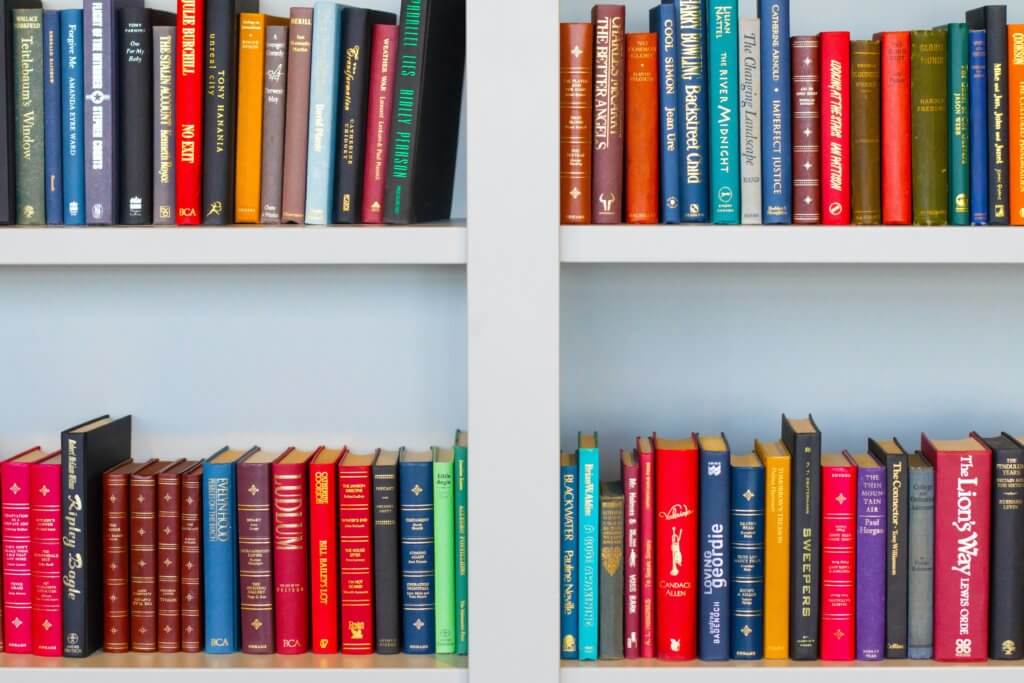
Choosing the Right Bookbinding
Suppose you have to decide between different editions (hardcover, paperback, loose leaf, and e-book) for the same textbook. How should you make up your mind? There is no straightforward rule whether you should choose hardback vs paperback or vice versa, but here are the main criteria you should think of:
- Durability
- Appearance
- Convenience
- Price
- Buyback possibility
If you need a book throughout the whole period of your studies (like a reference book or a foundational textbook in your subject), then you should think of getting it as a hardcover perfect binding. You can get it cheaper if you buy it used or rent it! Even if you plan on using a textbook just for a year, a hardcover binding option can be a good investment since you can sell it for a more significant buyback than a paperback.
But hardcover editions are not the books we used to know… Nowadays, text blocks are not sewn together but glued directly to the endpaper. Although cheaper in production, this technique does not allow the hardcover book to lie flat anymore and makes reading much less convenient. Some pages can even fall off if you bend the book too harshly. It is hard to know which kind of hardcover binding (sewing or gluing) is used when buying online. In the end, softcover binding might be a more certain and cheaper option! If you treat a softcover nicely, it can be suitable for a hefty buyback as well.
Two other money-saving options to consider are loose-leaf editions and e-books, and the choice depends mainly on your study habits! Read our extensive guides on these textbook editions to make up your choice.
DIY Bindings
Bookbinding is not only for professional printmakers… Anybody can become a book-maker and book-binder at home without any special equipment! With these skills, you can make your own notebooks for studying at college. Can it be your new hobby project?
Here are excellent video instructions by Sea Lemon that walk you through all the steps of the book-making process!
Text Block for Case Binding
Hardcover Book
Of course, it’s not entirely easy but, in any case, exciting! DIY bindings give you a lot of flexibility: you can choose the type of paper you use, pick the thread’s color, and design your own cover!
Whatever option you choose—whether it is an e-book, hardcover book binding, or a paperback edition—you can find all of them on BooksRun!
